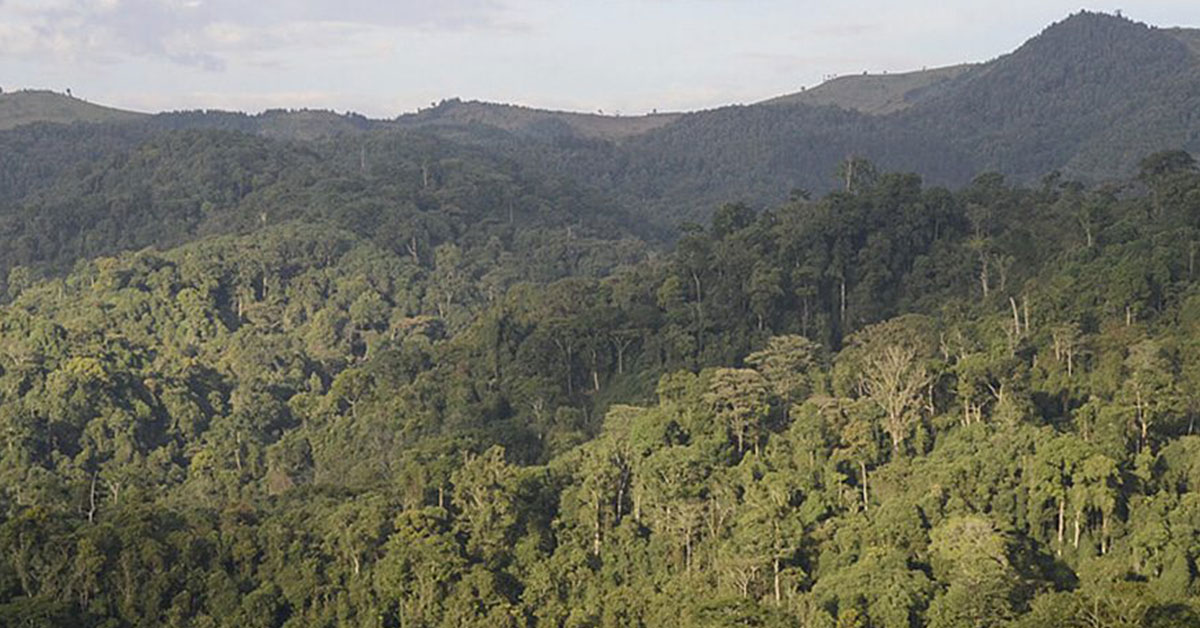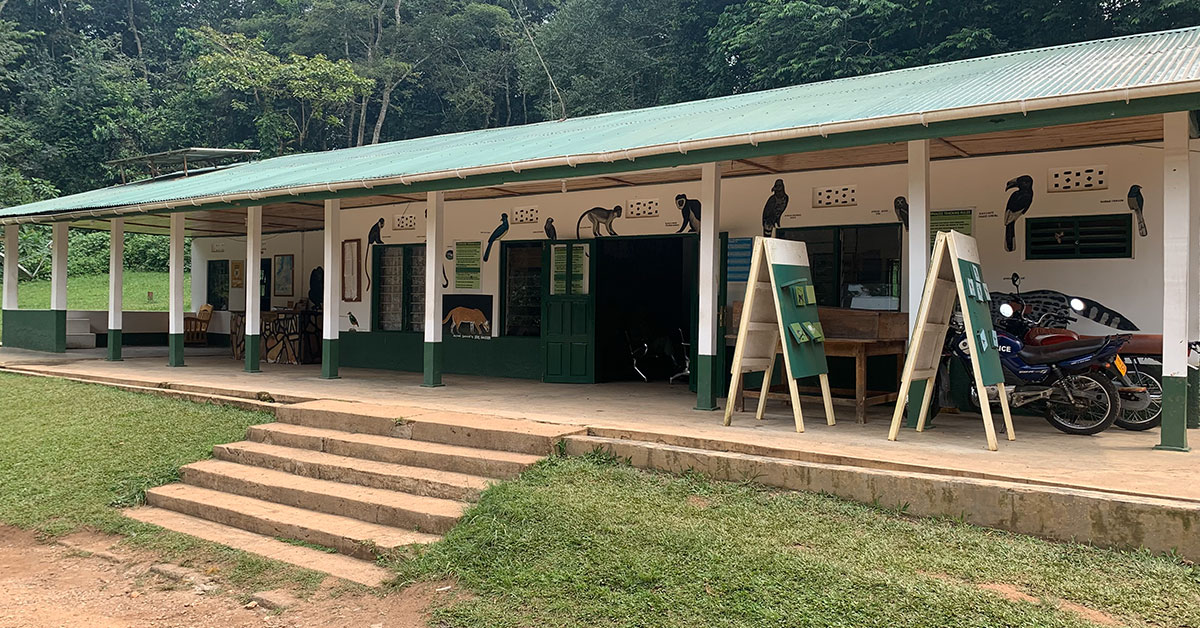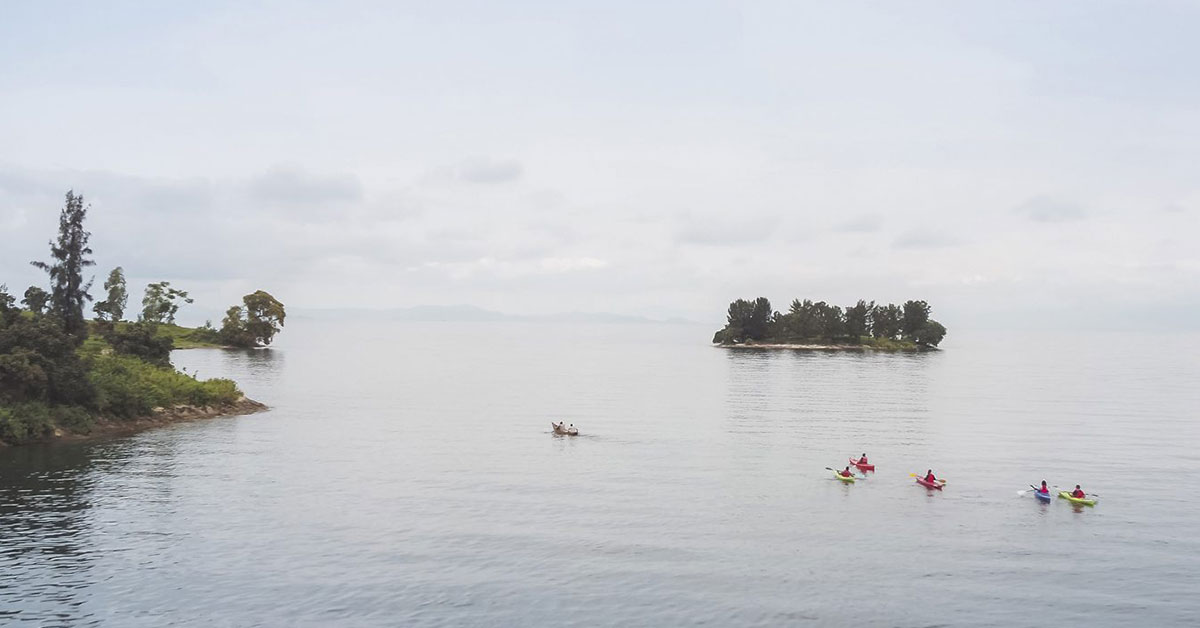Trekking Mountain Rwenzori (Rwenzori Mountain hiking)
Trekking Mountain Rwenzori, Africa’s third-highest mountain at 5,109 meters above sea level, is situated on the Uganda-Congo border about 9 hours’ drive from Kampala. The mountains of the moon, as termed by Claudius Ptolemy, the inventor of geography, are another common name for them. According to some, Claudius Ptolemy gave this place the name Mountains of the Moon because the convex glaciers’ appearance of a half-moon was enhanced by the shine of the starlight that was beaming down on them.
“MOUNTAIN RWENZORI,” as named by European explorer Henry Stanley, requires a combination of hiking, trekking, and mountaineering. Although this magnificent mountain is typically not as high as its cousins, Mount Kilimanjaro and Mount Kenya, it does require a complex combination of technical skills and endurance to reach the very highest peak, Margherita. As a result, you must allow yourself enough time to train for fitness and endurance before taking on the Rwenzori challenge.
In contrast to other mountains, the Rwenzori gives hikers a crowd-free experience and an outstanding sense of nature. It is also renowned for having extraordinary flora and fauna, including 120 kilometers of tropical jungle, alpine meadows, and snow. The best part about this equator-located snow-capped peak is that, in addition to climbing, visitors may go bird-watching and on nature walks in Rwenzori. The dry months of the year, which are December through February and June through August, are the finest times to hike Mount Rwenzori. It is far simpler to trek the Rwenzori during this time of year than during the rainy season when the trails are slick and make every stride seem like one back.
What to bring on a Mountain Rwenzori hike
- A small backpack is necessary to accommodate necessities but not weigh you down when you are trekking.
A rain jacket is crucial because rain here tends to be unpredictable. - A dry sack will help you keep your bag and everything in it dry.
- Thermal wear will help you to keep warm at all times as temperatures keep dropping with the high altitudes.
- Jacket, you will need to bring more than one jacket, a waterproof one, a fleece jacket and a thin windbreaker.
- Hiking shoes should be waterproof-quick dry and most importantly a very comfortable pair.
- Trekking gear, headlamp, quick-dry towel, sleeping bag with liner, waterproof-quick dry trekking pants, a good lenses camera with extra batteries and a waterproof bag to protect the camera from the rain
Water purifier, sunscreen, hat and sunglasses and hand sanitiser. - Walking stick.
- Snacks are important, especially ones high in carbs both salty and sweet snacks are great to have to keep you energized during the hike.
- Medicine, it is quite important that you bring some medication, pain killers, antibiotics, vitamins, and cold/flu medication to keep you well prepared in case of any slight drop in body health.




